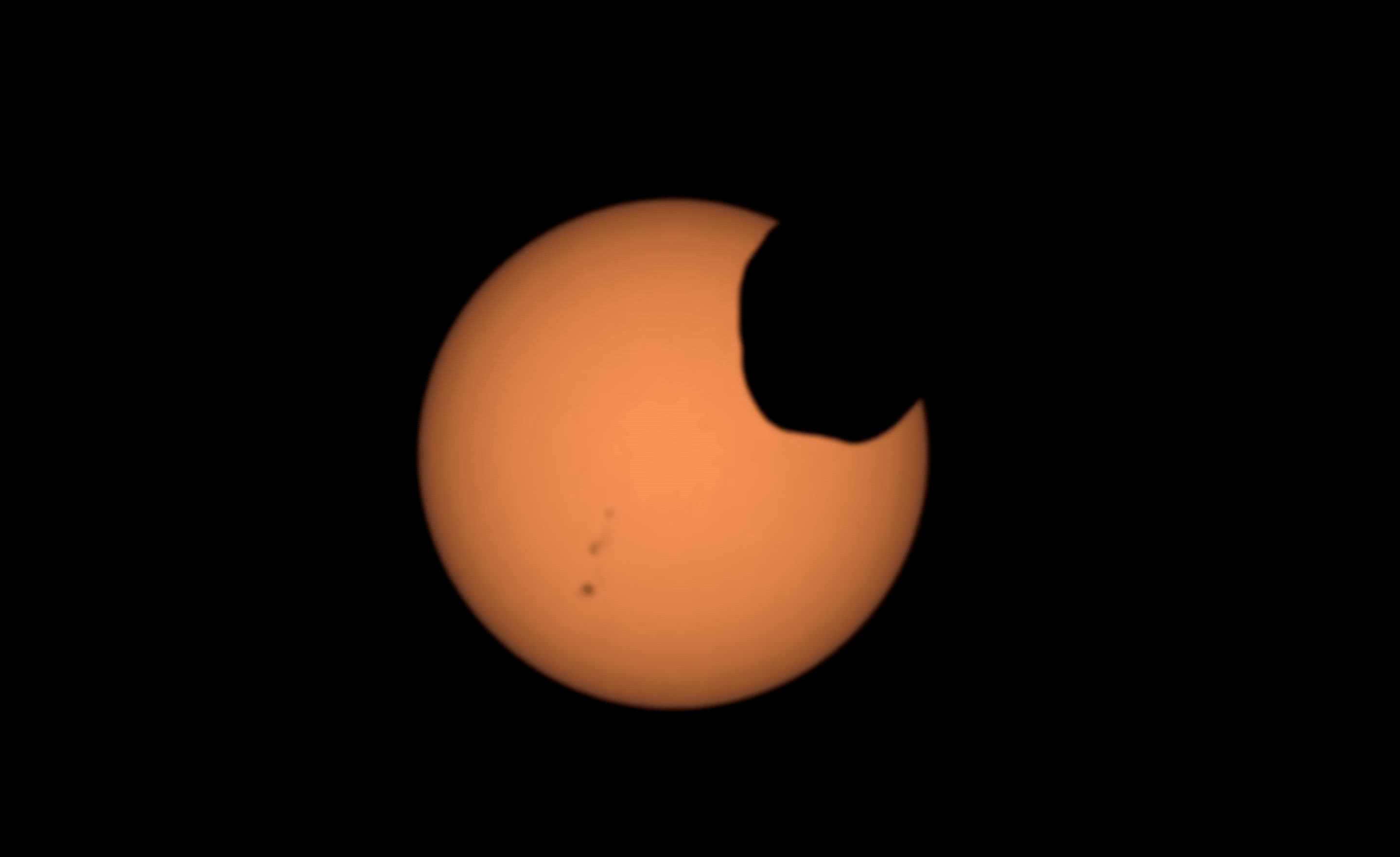When you purchase through links on our site , we may earn an affiliate committee . Here ’s how it work .
There ’s a ill-affected , half - deadened star in theLittle Dipperthat ’s hellbent on escaping our galaxy — and now , astronomer have an melodic theme why .
The star , a smallwhite dwarfthat ’s moving incredibly fast toward the sharpness of the extragalactic nebula , may be one of just a handful of know white dwarfs that exploded in supernovas and lived to tell the tale , according to a study published June 21 in the journalMonthlyNoticesof the Royal Academic Astronomical Society .

The universe is full of “runaway stars” trying to escape their home galaxy (including the reddish-blue dot in the bottom-right corner of this NASA telescope image). A new study suggests that some of these stellar renegades may in fact be rare supernova survivors.
The study authors said this unusual adept , named LP 40−365 , is a " partly burn runaway remnant , " suggesting that a peculiar , weaker - than - average supernova hand over the star much smaller , quicker and toastier than a distinctive white dwarf . unusual as it appears , this stellar oddity may not be alone ; using data from theEuropean Space Agency’sGaia blank telescope , the study authors also found three additional whiz in other parts of the extragalactic nebula with attribute and trajectories similar to LP 40 - 365 ’s .
The researcher said these four oddball stars may represent a newfound eccentric of fate for white dwarfs that pass out of fuel and explode — a luck that give them charred , withered and streaking across the galaxy at unbelievable velocity , but still largely entire . These partly burnt dwarf " form a trenchant class of chemically rum runaway headliner , " the study authors save , and the objective could shed their own weird human body of Light Within on the complex factors that cause stars to burst forth in the first place .
A modest thermonuclear explosion
When a large star exhausts all of its nuclear fuel , it may shed its extinct layers of matter and reduce into a hot , shrink stubble called a white dwarf . Eventually , as gravity uphold compress that dying star pith , the mavin may cave in , explode in a supernova , and leave behind an ultradenseneutron starorblack hole .
The author of the new study said stars like LP 40−365 represent a third possible fate for exploded dwarfs . To meet this destiny , the blank dwarf must explode in a special , theoretical sort of explosion call atype Iax supernova . Essentially , previous studies have argued , these are smaller - than - median supernova capable of ripping away some of a white dwarf ’s subject while pass on its core mostly integral .
In improver to burn out out a bunch of the stricken star ’s slew , a character Iax supernova may kick that superstar out of its orbital cavity — possibly sending the star flying so tight that it is no longer bound by the gravitational pull of its home galaxy . Stars like LP 40−365 will almost assuredly escape into intergalactic blank in time , the writer write , and satellite images already show this occurrent . ( Take a look at these two look-alike of LP 40−365 , get in 1955 and 1995 , to see how its escape is alreadywarping the human body of the Little Dipper . )

It ’s not strange for arenegade starto get punted across the universe after , say , its binary partner explodes or gets sucked into a black hole . But it ’s quite another matter for an old headliner to break down into a white dwarf , burst in a supernova and then keep on smoldering as an even - small white dwarf . Besides their telling upper ( they move at hundred of miles per moment ) , part burnt remnants are also strange for their size ; they are much small than a distinctive white-hot gnome , having lost much of their stack in the supernova . They also keep clean hint of past supernova in their atmosphere , which are rich in ash tree and heavy elements but lacking in light elements likehydrogenandhelium , which may have burnt away .
The researchers said they are affirmative that , by looking for these telling feature of speech , the Gaia artificial satellite could detect as many as 20 additional partly incinerate stellar end before the instrument ’s missionary post finish in 2022 . That could ply enough grounds to prove that some maven have what it takes to pull through a supernova plosion , even if the experience leaves them eager to find a young galactic base .
Originally published onLive Science .
















